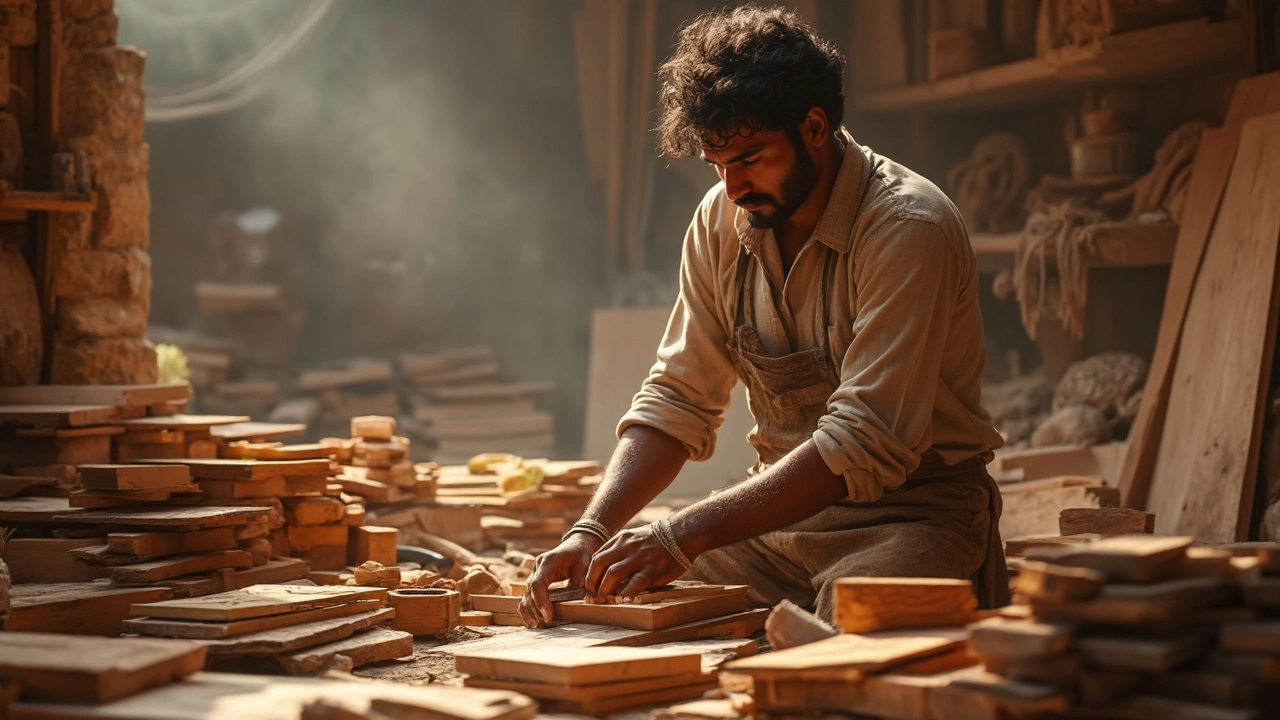DIY Bookshelf Ideas and Step‑by‑Step Guides
Want a shelf that matches your style without paying a premium? A DIY bookshelf can be built in a weekend with basic tools and a little patience. You’ll end up with a piece that fits your room perfectly and saves money.
Choosing the Right Design
First, think about where the shelf will live. Measure the wall from floor to ceiling and note any obstacles like windows or radiators. A tall, narrow design works well in small apartments, while a wide, low unit is great for living rooms that need extra storage for magazines and décor.
Next, decide on the look. Do you prefer a clean, modern finish with straight lines, or a rustic vibe with reclaimed wood? Sketch a quick diagram on paper or use a free phone app to visualize the dimensions. Keep the spacing between shelves between 8 and 12 inches – that range holds most books without crowding.
Materials, Tools, and Building Steps
Most DIY bookshelves use plywood, pine, or MDF. Plywood gives strength and a natural grain, pine is easy to cut and paint, and MDF is smooth but heavier. For beginners, ¾‑inch pine boards are a safe choice.
Gather these tools: a circular saw or handsaw, drill, set of wood screws, sandpaper (120‑grit), a level, and a measuring tape. A simple brush-on wood stain or paint will finish the look.
Step 1 – Cut the pieces. Cut two side panels to the height you measured, one top shelf piece, one bottom shelf piece, and the number of interior shelves you need. Double‑check each cut with the tape measure before you start drilling.
Step 2 – Sand the edges. Lightly sand all cuts to remove splinters. This makes the shelf safe for kids and gives the paint a smooth surface.
Step 3 – Assemble the frame. Position the side panels upright, place the top and bottom shelves between them, and drill pilot holes. Secure with wood screws, making sure everything is square with the level.
Step 4 – Add interior shelves. Measure the distance from the floor for each shelf, mark the side panels, and install the shelves using the same drill‑and‑screw method. Use a level again to keep everything even.
Step 5 – Finish the surface. Wipe dust off, then apply a coat of primer if you’re painting, or a thin layer of wood stain for a natural look. Let it dry, then add a second coat if needed. A clear sealant protects the shelf from spills and scratches.
Finally, mount the bookshelf securely to the wall if it’s tall. Find studs with a stud finder, then use long screws or brackets to anchor it. This step prevents tip‑overs, especially in homes with kids or pets.
Now you have a custom bookshelf that matches your space and personality. Feel free to add extra touches – decorative brackets, built‑in lighting, or a coat of chalk paint for a vintage feel. The best part is you can tweak the design anytime you want. Happy building!
Best Wood for a Bookshelf: Your Guide to Picking the Perfect Material
Choosing the right wood for a bookshelf can make all the difference between a sturdy piece and a wobbly mess. This article breaks down the pros and cons of popular woods used in bookshelf making, from affordability to strength and appearance. You'll learn which types handle heavy books, which look best in your living room, and what to avoid if you're building or buying your own shelves. Even tips on what makes a bookshelf last and how to spot shortcuts some furniture stores take. Get clear, real-world advice for picking wood that actually holds up.
DIY vs. Store-Bought Bookshelves: A Cost-Effective Guide
Considering whether to make or buy a bookshelf can be a tough decision. This article explores the financial aspects, time investment, and personal satisfaction involved in both building your own and purchasing a ready-made bookshelf. By understanding material costs, labor, and the value of customization, readers can make an informed decision that best suits their needs. The guide also offers practical tips for both DIY enthusiasts and those looking for efficient store-bought options.






